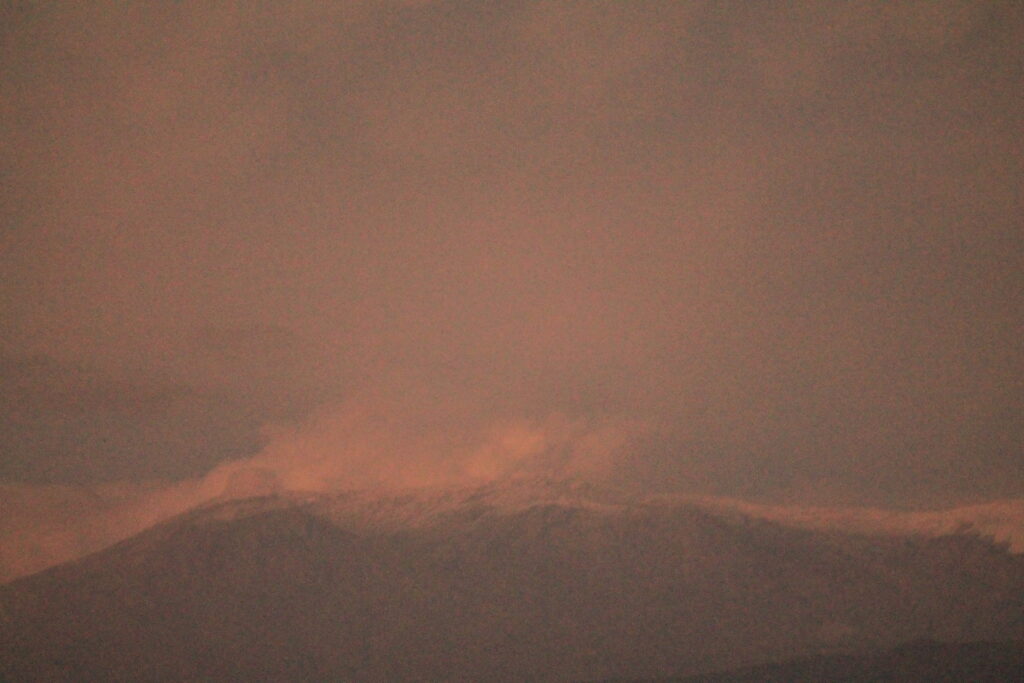Recently I started a new page on this blog, “This Is My Father’s World“. There I hope to share pictures of nature that I take with my trusty old Canon DSLR’s. As mentioned in a post by the same name, I’m doing my best to get into shooting “off auto”, using manual settings and learning how to get the shot I want and the look I want.
Over the past few weeks where I’ve been working on this off and on, it has become obvious that my efforts would be improved by improved gear. This lead me to check out various channels on YouTube and to join a couple of groups on FaceBook about photography with Canon cameras. And I keep seeing the same questions over and over again – mostly along the lines of “Which camera should I buy?” or “Would this upgraded camera be worth it?” and so on and so forth. Now, I’m by no means a professional photographer, but both of my current cameras are capable of pretty decent pictures under the right conditions. I’ll confess to looking longingly at this or that camera body that some “internet expert” touts as “the ultimate!” or “the absolute best!!!”, but the truth of the matter is – lenses count more than camera bodies.
The fact is – whatever you’ve got between your subject and the sensor is going to affect the image more than anything. Lower quality lenses will not give you the sharpness you’re looking for. “Slower” lenses are going to cause you to crank up the ISO and crank down the shutter speed, resulting in noisy or blurred images. A mediocre camear with top of the line glass will probably give you better results than the latest, greatest camera model that is currently being hyped on the ‘net – if it’s wearing mediocre lenses.
Kit lenses ARE capable of turning out some decent quality images – if the conditions are right. But they limit you in certain ways. For example, the 18-55mm lens typically sold with the Rebel series of Canon cameras has a maximum aperture of f/3.5, but as soon as you start zooming in it reduces quickly to a maximum of f/5.6 at 55mm focal length. This is fine if you’ve enough light to be using a smaller aperture anyway, such as an f/8. But when the light starts to fail in the evening or if the light is still dim in the morning or if you’re in a shady area or it’s a very cloudy day, this lens will simply not give you enough light for certain pictures.
When it comes to the camera body, one must ask: “Do I have good enough glass to take advantage of the capabilities of this new camera?” Also: “What will this camera body improve over the one I’m currently using?” In my own case, I’ve got three EF-S lenses, two 18-55’s and a 55-250mm. These are not the greatest lenses, but they’ve given me some really decent pictures, under the right conditions. I also currently have an EF 75-300, but it is also limited by the f3.5-5.6 aperture range. It really cramps the ability to take hand held shots in low light, such as this picture of El Nevado De Ruiz that I took recently as the light was fading fast.

Unfortunately, I did not grab my tripod when my wife called to say, “Get your camera. There’s something I want you to see!” She was coming home and had seen that the nevado was clear after a long period of hiding behind the clouds. If you click on the picture it’lll show you exactly how grainy and noisy it is – because the camera simply wasn’t able to receive enough light through that f/5.6, 1/100 shutter at 300mm zoom, and 6400 ISO. I’m sure the little Rebel T3 would have done just fine with a better lens, but my glass held me back, and that’s the best lens in the bag right now. It’s still a lovely enough photo, at low size such as in this thumbnail view above. You can see the pink tint from the sun setting behind me, but blow it up and the noise crops up.
Anyway, those are just some random thoughts I’ve come up with on the matter of upgrading photographic gear. I hope this year to be able to pick up a really decent lens, but don’t know right now which one to go for. Once we have some good glass we’ll start to see what these camera bodies are capable of.
